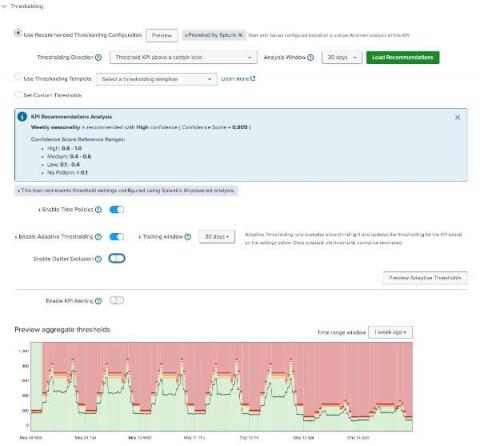Cloud Analytics 101: Uses, Benefits and Platforms
Cloud analytics is the process of storing and analyzing data in the cloud and using it to extract actionable business insights. Simply one shade of data analytics, cloud analytics algorithms are applied to large data collections to identify patterns, predict future outcomes and produce other information useful to business decision-makers.











